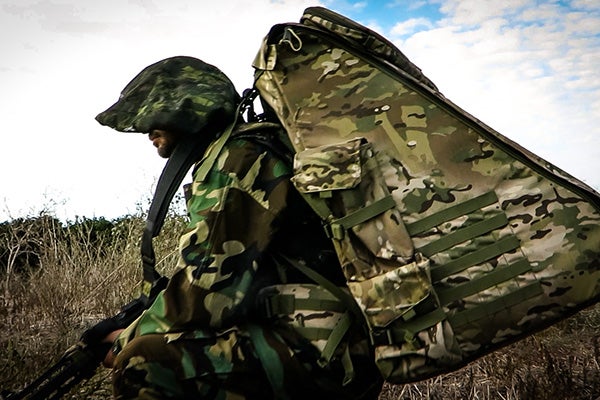
Da-Vinci is a lightweight vertical take-off and landing (VTOL), multi-rotor Unmanned Aerial System (UAS) designed and developed by Flying Production, a company based in Israel. The UAS was unveiled at the Association of the United States Army (AUSA) annual meeting and exposition held at Washington DC in October 2014.
The UAV can be used in military and paramilitary missions, urban warfare observation, border patrol, search-and-rescue, battle damage assessment, law enforcement, homeland security and special operations.
Flying Productions sold a number of Da-Vinci systems to an Eastern European country and plans to produce 20 Da-Vinci systems by the end of 2014.
Design and features
The Da-Vinci tri-copter is made of light weight carbon. It is designed and optimised to operate as the most advanced close range observation system. The system can be deployed anywhere in different weather and terrain conditions.
MQ-1C Gray Eagle is an extended range / multipurpose (ER/MP) unmanned aircraft system (UAS) developed by General Atomics Aeronautical Systems for the US Army.
The Unmanned Air Vehicle is equipped with take-off command that facilitates an autonomous take-off. It pursues the camera’s guidance in Camera Guide mode, while it follows the programmed path and waypoints in a predefined waypoint navigation programme.
The drone can automatically fly to a designated coordinate and can hover above that point with GPS accuracy. It can also return to home land and takeoff at the precise location. The GPS location of the UAV can be controlled manually using the stick on the control unit.
Payload
The Da-Vinci UAS features a high definition dual sensor payload including a day sensor and a night thermal sensor. The dual-axis stabilised payload can also be manoeuvred manually.
The day sensors include 1/2.5 type progressive scan MOS sensor camera with 10x optical auto focus zoom Lens, 16x digital zoom, 4m pixels, and 50P full HD features. It features backlight compensation, which automatically corrects the backlight by detecting the subject area and the backlight conditions.
The thermal sensor camera in the payload works during night time. It features a camera with high resolution of 640 x 480 pixels, and a spectral range between 7.5 and 14 I¼m. The camera can take an image in less than two seconds. It operates in temperatures between -40ºC and +75ºC and can storage images in temperatures ranging from -40ºC to +85ºC. The camera offers shock resistance against gun-fire and ballistics.
Ground control station
The drone is equipped with 7kg Ground Control Station (GCS) integrated with tablet PC with a touch screen. The GCS features an external power source input, Windows 8 Pro 64 bit, Panasonic FZ-G1 ToughPad, 4th Generation Intel Haswell processor, 10.1in HD Daylight-readable 10-point multi touch digitiser screen, 128/256GB Solid State Drive (SSD), and two waterproof USB sticks.
The GCS is equipped with customised software and sophisticated control modes. It features a personal control unit integrated with two controls, three axial sticks, and rugged pad switches. The outdoor and all-weather operation design also includes hot swap battery, dual battery monitor serial interface and LED for night operation.
The control system provides target sharing, multi-drone control and advanced warning management system. It is also equipped to manage payload with an integrated HD & data radio communication.
Engines and performance
Da-Vinci is propelled by six rotors laid out in three tandems. The motors will enable the tri-copter to return to the launch point in the event of malfunction of one motor.
The UAS has an operational speed of 35km/h and is capable of attaining a maximum speed of 45km/h. The operational ceiling is 2,000ft, while the maximum operation altitude is 12,000ft and the endurance is 90 minutes.
The Global Unmanned Aerial Vehicles (UAV) Market 2011-2021
This project forms part of our recent analysis and forecasts of the global Unmanned Aerial Vehicles (UAV) market available from our business information platform Strategic Defence Intelligence. For more information click here or contact us: EMEA: +44 20 7936 6783; Americas: +1 415 439 4914; Asia Pacific: +61 2 9947 9709 or via email.

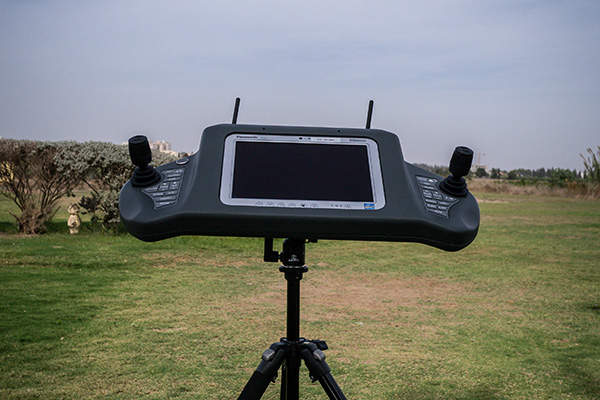
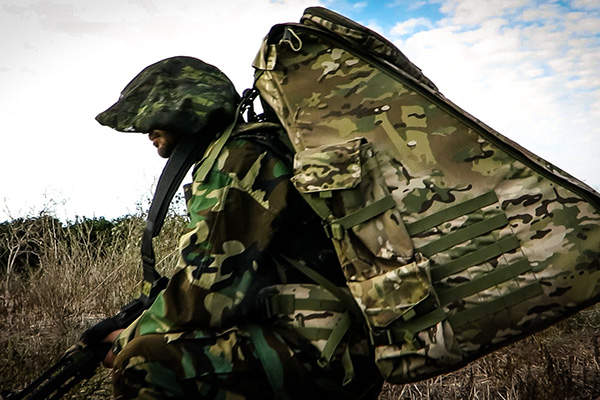
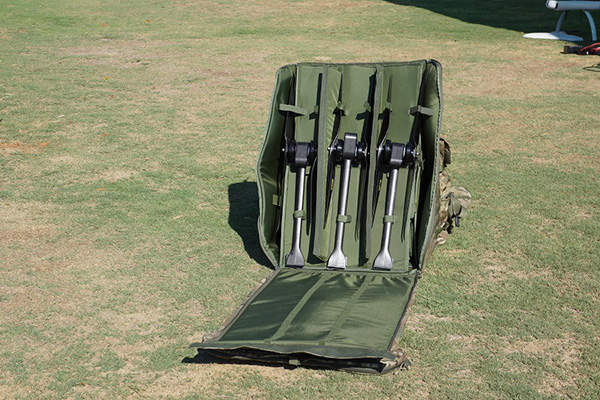
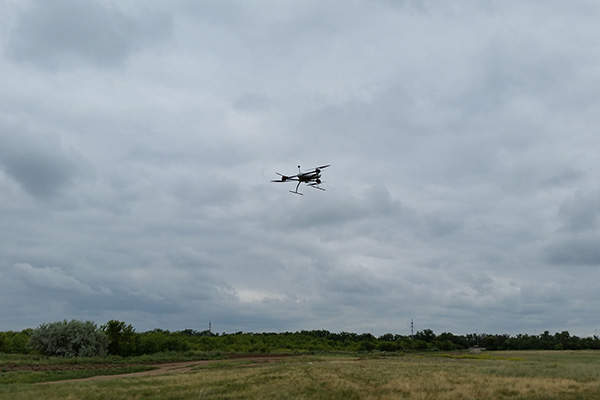

.gif)